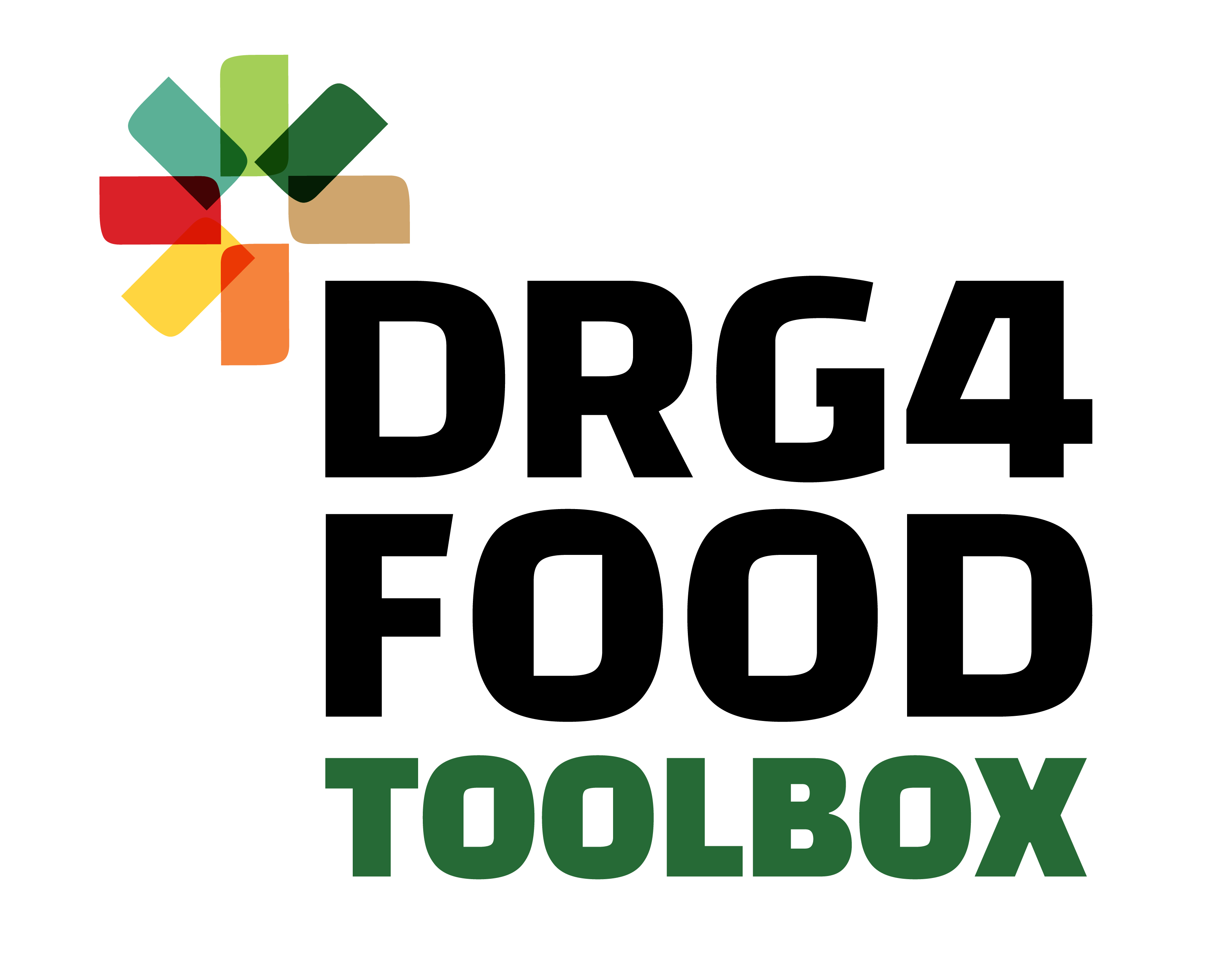FOOD USE CASES
The goal of the DRG4FOOD toolbox is to build consumer trust in a data-driven food system by providing a digital responsibility framework, technical building blocks and tools for solution development. The DRG4FOOD project demonstrates this in action with selected innovation pilots covering a number of key use cases:
CONSUMER FOOD CHOICES

In this use-case DRG4Food is looking to generate broad possibilities for developers and other stakeholders to engage more directly with food and nutrition information systems as whole. When it comes down to consumers making choices about food, DRG4Food is looking for developers aiming to improve transparency, trustworthiness and relevance of food data, as well as developing insights into what and how this might contribute to consumers making more informed choices about food. With verifiable digital tracking and labelling readability and usability providing some of the key enablers here.
TARGETED NUTRITION

In this use-case DRG4Food is looking to support multiple stakeholders, with a more specific focus on building deeper levels of trust between parties as greater degrees of health and wellbeing personalisation and sensitive personal data may be involved. For this reason DRG4Food focusses on enablers that encourage users to be more trusting and willing to share their data in order to get more relevant and personal nutrition services in return, and to develop enablers which can ensure that available data is verified and trustworthy. DRG4Food expects data in this use-case that relates to nutrients and products as a whole (including their production data) as well as data that relates to personal nutrition.
DIGITAL FOOD TRACKING
In the digital tracking use-case, DRG4Food is looking for developers aiming to improve the digital tracking of food. Digital tracking is an important aspect that applies across the board of a wide range of digitalisation projects, not only in food and nutrition related consumer choices. In this use case technical enablers that relate to trust, data sharing, self-sovereignty and user-centric applications are key.



